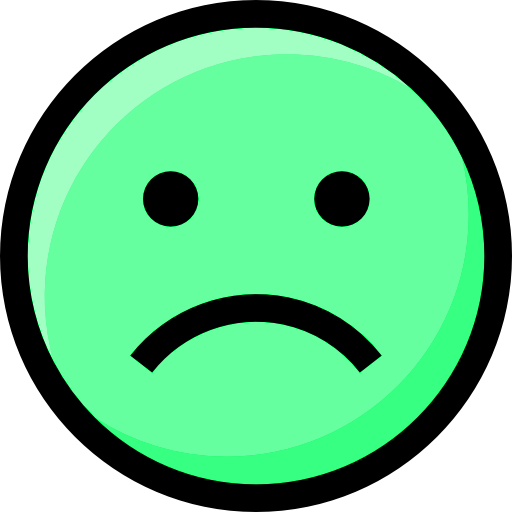
TwoCents
Poverty management is THE objective of the SDGs through a set of 17 ‘interlinked goals… designed to achieve a better more sustainable future for all’. Sweden has consistently had among the highest Human Development Index (HDI) scores, meaning it is among the world’s most ‘developed’ countries; yet its poverty rate has persisted – just under 2% since 1975. So for the foreseeable future, African poverty is unlikely to end.
Fighting ‘poverty’ requires a ‘correct’ conceptualization leading to the ‘right’ strategy, involving relevant inputs, outputs, outcomes and impacts. The output/outcome/impact nexus is important: antibiotics (input) will manage an infection (output); but the wrong dose can also kill useful bacteria (outcome), leaving the patient with new complications (impact).
The SDG framework underscores the need to see poverty beyond the lack money (primarily SDG) to the many others factors determining our quality of life. Thus the capitalist driven by the profit motive will want to produce more in disregard of the consequences; hence SDG 12 reminds us of ‘Responsible Consumption and Production’ – the output/outcome/impact nexus.
The SDGs can be channeled into the UNDP’s Human Development Index (HDI), distinguishing which ones affect incomes, and/or health status/longevity, and/or literacy. A country’s HDI status, and indeed, sub-county HDI status enable focus on the nature/character of poverty, and the consequent determination of what strategies can ameliorate the said characteristics. Which specific SDG targets are best suited to resolve which specific constraints to improved health, literacy and/or incomes? But a monitoring and evaluation component is important that heeds the positive outputs while also ensuring there are no adverse outcomes and impacts. An improved train cargo service is important, but what happens to the hauliers and linked services?
So how do the SDGs relate to poverty reduction? Every Goal and its targets map onto one or more of the three HDI indicators and sub-indicators. As an SDG makes the rich richer, it pulls the poor into less poverty, in the SDG spirit of ‘leaving no one behind’! As a Goal enhances the quality of education, it must also pull people out of ignorance and illiteracy. And reduced income poverty and illiteracy cannot be achieved in an unhealthy population.



































Comments